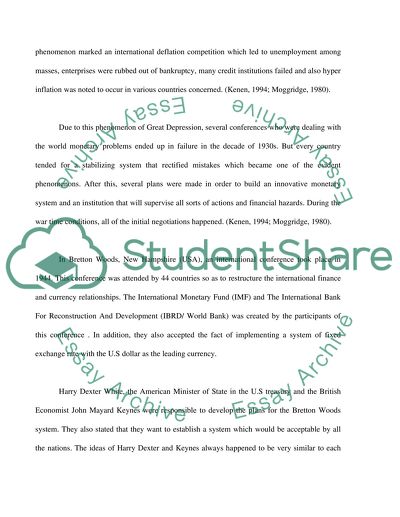Cite this document
(“What explains the demise of the Bretton Woods system Essay”, n.d.)
Retrieved from https://studentshare.org/environmental-studies/1411191-what-explains-the-demise-of-the-bretton-woods
Retrieved from https://studentshare.org/environmental-studies/1411191-what-explains-the-demise-of-the-bretton-woods
(What Explains the Demise of the Bretton Woods System Essay)
https://studentshare.org/environmental-studies/1411191-what-explains-the-demise-of-the-bretton-woods.
https://studentshare.org/environmental-studies/1411191-what-explains-the-demise-of-the-bretton-woods.
“What Explains the Demise of the Bretton Woods System Essay”, n.d. https://studentshare.org/environmental-studies/1411191-what-explains-the-demise-of-the-bretton-woods.


